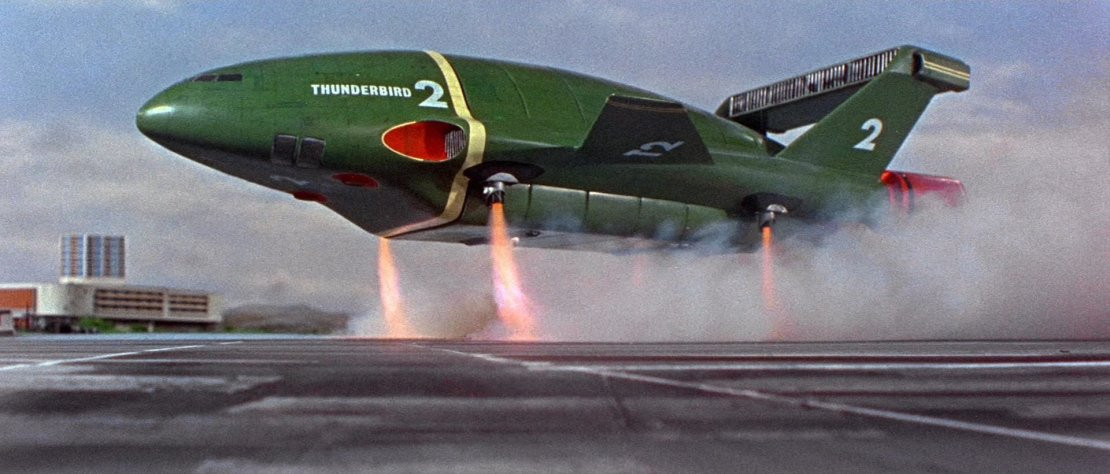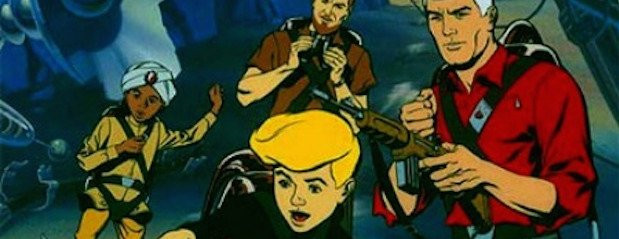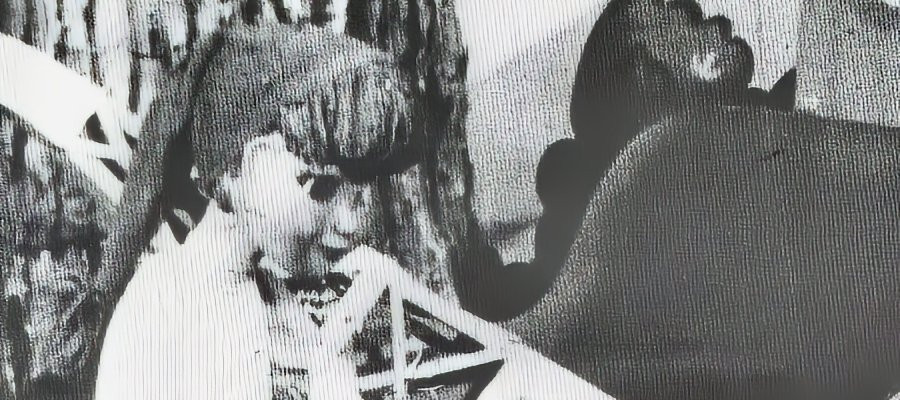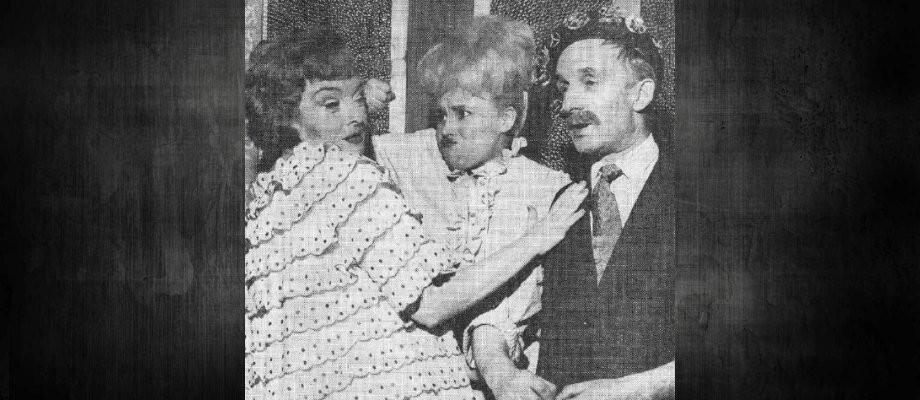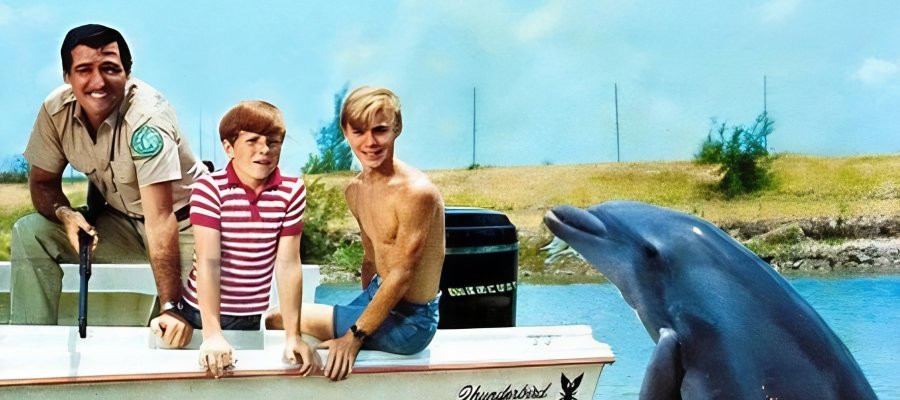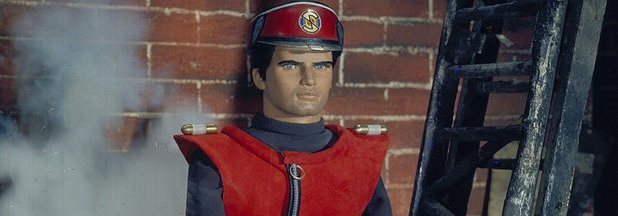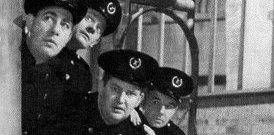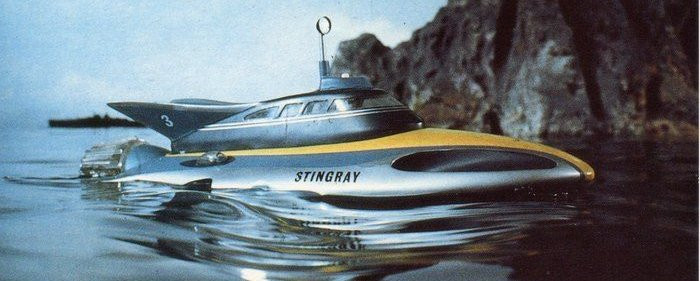
Stingray
1964 - United KingdomGerry Anderson’s third foray into the world of Supermarionation—and his first to be filmed in colour—Stingray marked a crucial turning point in television history. Although originally broadcast in black and white on its first UK run due to the absence of colour transmission, it was Stingray that arguably first captured the attention of an adult audience, setting in motion a formula that would be perfected in Anderson’s next landmark series, Thunderbirds.
At the heart of the series was the titular high-tech, atomic-powered super-submarine, Stingray, armed with 'sting missiles' and commanded by the square-jawed Captain Troy Tempest. True to the Anderson tradition, Tempest’s appearance was modelled on one of co-creator Sylvia Anderson’s favourite film actors—in this case, James Garner.
Based at Marineville, the headquarters of WASP (World Aquanaut Security Patrol), the crew of Stingray faced continuous threats from Titan, the tyrannical ruler of the underwater city of Titanica. Titan led the Aquaphibians, a malevolent undersea race who regarded humans as ‘Terrainians’. His forces patrolled the ocean depths in menacing Terror Fish vessels, which launched missiles from their gaping, mechanical mouths.
On dry land, Titan’s operations were aided by his duplicitous agent Artura, codename X20. Aboard Stingray, Tempest was supported by his co-pilot George ‘Phones’ Sheridan—so named due to his role as operator of the hydrophone sonar system—and Marina, the green-haired, mute daughter of Emperor Aphony of Pacifica. Enslaved by Titan during a raid on her homeland, Marina helped Tempest and Phones escape from captivity, earning her freedom and a place aboard the Stingray. While her people communicated via telepathy, Marina used sign language to speak with others.
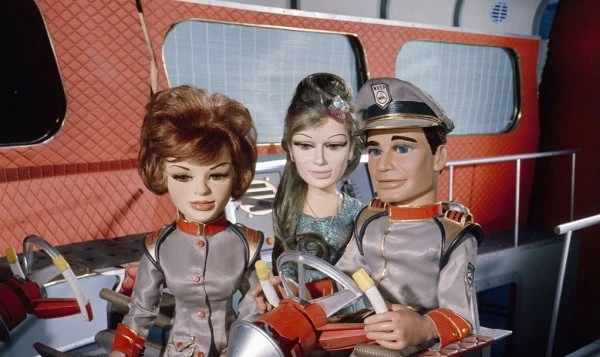
Their missions were overseen by the commanding yet compassionate Commander Shore, a veteran crippled in battle and now confined to a hoverchair. He was based at Marineville, aided by Sub-Lieutenant Fisher and his daughter Atlanta—voiced by Lois Maxwell, known to audiences as Miss Moneypenny from the James Bond films.
Stingray’s appeal crossed generational boundaries, thanks in large part to its ever-improving model work and visual flair courtesy of the AP Films team, coupled with fast-paced, engaging storylines. A subtle romantic triangle between Tempest, Marina, and Atlanta added a level of emotional interest that was unprecedented in what was still broadly perceived as children’s entertainment.
A frequently repeated myth holds that Stingray was the first UK television series to be filmed in colour; in reality, The Adventures of Sir Lancelot had featured episodes shot in colour as far back as 1956. However, Stingray was the first of Anderson’s series to be filmed at his purpose-built Stirling Road studios on the Slough Trading Estate. This expansive facility featured three shooting stages, a preview theatre, 12 cutting rooms, and comprehensive production offices.

Although much of Stingray was set beneath the sea, surprisingly few model shots were actually filmed underwater. Effects maestros Reg Hill and Derek Meddings devised a clever workaround: a fish tank filled with small fish of varying sizes was placed before a painted curved backdrop (a cyclorama) depicting the ocean floor. Lighting effects were created using rotating discs to simulate moving shadows, while ripples on the tank’s surface completed the illusion. Models filmed in front of this setup appeared to be “swimming” through the deep.
Internationally, Stingray was a major hit—particularly in the United States, which accounted for 60% of its revenue. Despite generating considerable merchandise and global popularity, the show never fully recovered its hefty production costs.
Nevertheless, Stingray represents a key evolutionary step in Gerry Anderson’s creative journey. With its dramatic tone, technical ambition, and growing narrative sophistication, the series moved Supermarionation closer than ever to genuine cinematic storytelling. Exciting, technically impressive, and crucial to the genre’s adult acceptance, Stingray stands as a vital and visionary precursor to the greatness of Thunderbirds.
Seen this show? How do you rate it?
Seen this show? How do you rate it?
Published on February 4th, 2019. Written by Pip Williams for Television Heaven.


